The latest report from the Downtown Cleveland Alliance (DCA) on the progress of downtown had an especially interesting data set in it. That report, for the First Quarter of 2018, showed that the last of downtown’s obsolete commercial buildings (offices, warehouse, department store, etc.) being converted to residential (along with several new construction projects) will put the population of downtown Cleveland at about 20,000 people by 2020.
That’s a great accomplishment considering the dead zone that downtown used to be, especially after 6 p.m. when the sidewalks could be rolled up for the night. Today, residential growth supports grocery stores, clothing stores, furniture stores, drug stores, theaters, and of course restaurants and taverns. Some of those are amenities that also make downtown more attractive to office tenants. Downtown has added 7,726 jobs, an 8.7 percent increase between 2011 and the end of 2017, according to DCA.
Reaching the 20,000 figure is more than a psychological threshold. Retailers will also more seriously consider downtowns that have at least 20,000 residents for larger, national retailers such as a City Target, H&M, Zara, Apple, Urban Outfitters and the like.
But 20,000 people is still a small number. Consider that the Cleveland-Elyria-Mentor? Metropolitan Statistical Area?(MSA) has 2 million people (that rises to 3.5 million if the Consolidated Metropolitan Statistical Area data is used, including Akron and Canton). Downtown Cleveland, with 15,000 residents in 2018, has only 0.75 percent of the MSA’s population. If downtown reaches 20,000 by 2020, as expected, it will still have only 1 percent of the MSA’s total.
The national average for metropolitan areas is to have 1.3 percent of their populations living in the Central Business District (CBD). If downtown Cleveland was average, it would have 26,000 people living in it.
Put another way, the 34-story Lumen apartment tower now under construction in Playhouse Square will have 319 living units. There’s an average of about 1.5 people per downtown unit. So a 34-story tower should bring nearly 480 residents. For downtown Cleveland’s population to reach the national average for a metro area its size, it would take a dozen more Lumen towers filled with residents. Or, if developers were more conservative, it would take two dozen 17-story towers. Logically, developments will probably be somewhere in between, give or take. That gets downtown Cleveland only to the national average. Of course, we want to be better than average.
And it would take new construction for downtown Cleveland to reach the national average. The reason is that the supply of zombie office buildings (ie: functionally obsolete office buildings no longer being marketed as offices) is dwindling fast. Every zombie office building?has either been converted to residential, is being converted, or has an active plan to be converted. Once all of these buildings become residential, the only ways to add new residents downtown is to wait for more office buildings to age and become obsolete, to convert active office buildings to living spaces (not a good idea, as DCA says the downtown office market is tightening up) or to build new apartments and condominiums.
But how realistic is that? Consider that downtown apartment rents still average only $1.52 per square foot, well below the $2/SF threshold necessary to support a privately financed residential development. Fortunately, some of the most recently developed units are leasing for $2/SF as downtown residential occupancy remains a robust 94 percent. And, consider that the major source of subsidies to support residential development has been state and federal historic tax credits. Those apply only to buildings more than 50 years old. So where does the financing come from?
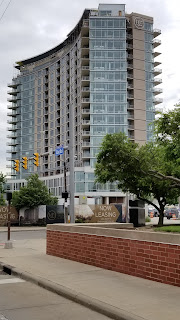 |
| One University Circle, a 20-story apartment building that opened this year on Euclid Avenue is one of three new high-rise residential buildings on Cleveland’s main thoroughfare. |
One possibility is a transformational tax credit on insurance companies that invest in development projects. The tax credit idea was originally pushed by Stark Enterprises which seeks to develop nuCLEus, a $500+ million mixed-use project on downtown Cleveland parking lots just north of Quicken Loans Arena. NuCLEus would feature a 54-story apartment tower, plus offices, retail, hotel and parking. Creation of the transformational tax credit would require the Ohio General Assembly to pass House Bill 469.
Before being passed by the House of Representatives’ Government Accountability and Oversight Committee on May 22, HB469 was refined so that a transformation tax credit could benefit a project that:
- Includes all territory located within a radius of not less than one-fourth of one mile and not more than one mile centered on the site of a transformational mixed use development;
- Will have a transformational economic impact within the project area, as approved by Ohio’s director of development services;
- Is a mixed-use development that integrates some combination of retail, office, residential, recreation, structured parking, and other similar uses;
- The minimum project cost will be at least $50 million (10 percent of which can be funded by the transformational tax credit); and
- Includes at least one building that is 15 or more stories in height or has a floor area of at least 350,000 square feet.
A taxpayer can claim only one credit per year. HB469 assigns the limitation on the number of credits that can be awarded per year to all taxpayers to the operating appropriations act, aka the General Revenue Fund (GRF) budget, which is passed by the legislature every two years (a biennium). Next year is when the next biennial GRF budget comes up for a vote. Unless the General Assembly authorizes some tax credits in this year’s budget reconciliation, the earliest that transformational tax credits may be available is the start of the 2020 fiscal year (July 1, 2019).
Financial aid has already arrived as Congress rolled back some lending restrictions for community banks in the Dodd-Frank regulations act passed after the financial crisis of 2008. That will make it easier for more people to get financing from smaller banks to buy a home.
Some new-construction residential projects, in addition to those already mentioned, are starting to pop up on the radar in Cleveland’s urban core. Among these are:
- Flats East Bank Phase III — Two residential towers (one at least 20 stories tall) over a grocery store, movie theaters and restaurants, totaling $150 million;
- Two University Circle — A residential tower (possibly condominiums) plus offices and a convenience store next to the newly opened, 20-story One University Circle at Euclid Avenue and Stokes Blvd.;
- University Circle City Centre — At least one residential tower built atop a new Martin Luther King Jr. branch library on Euclid just west of East 107th St.;
- Residences at Park Lane — An 11-story condominium building a block north of Chester Avenue and just east of East 105th St.
A lot more will be needed if downtown Cleveland is to reach the national average of metro area population located in the CBD. But at least rents are rising faster to justify more new construction and some financing resources are becoming available to lenders and developers to help downtown pass 26,000 residents, and so that nearby neighborhoods can repopulate too.
END

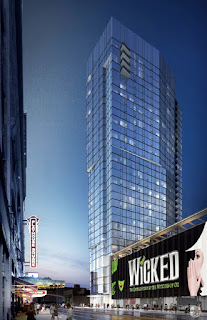
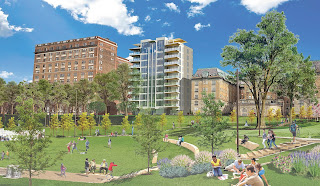
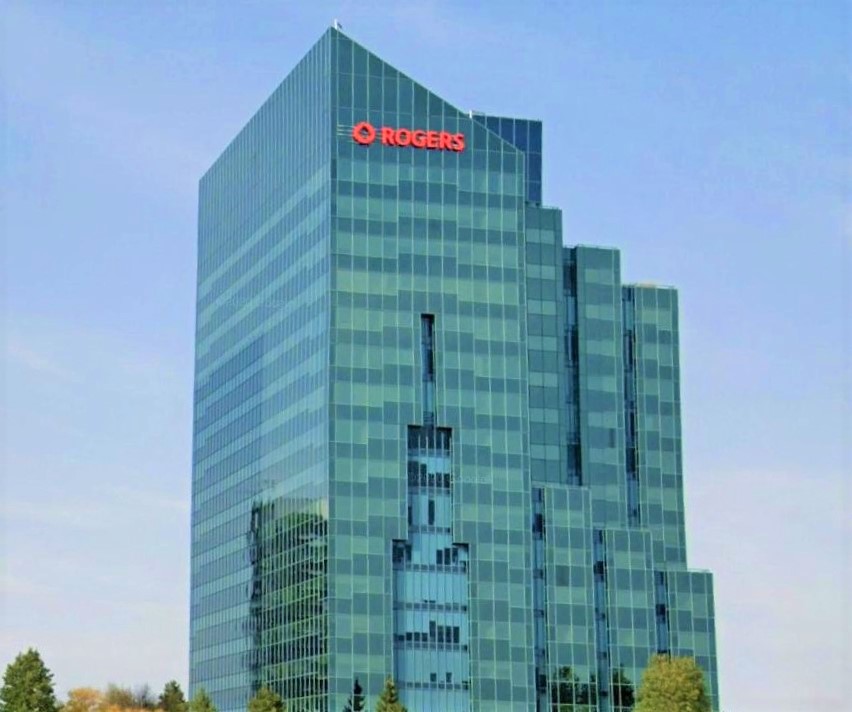
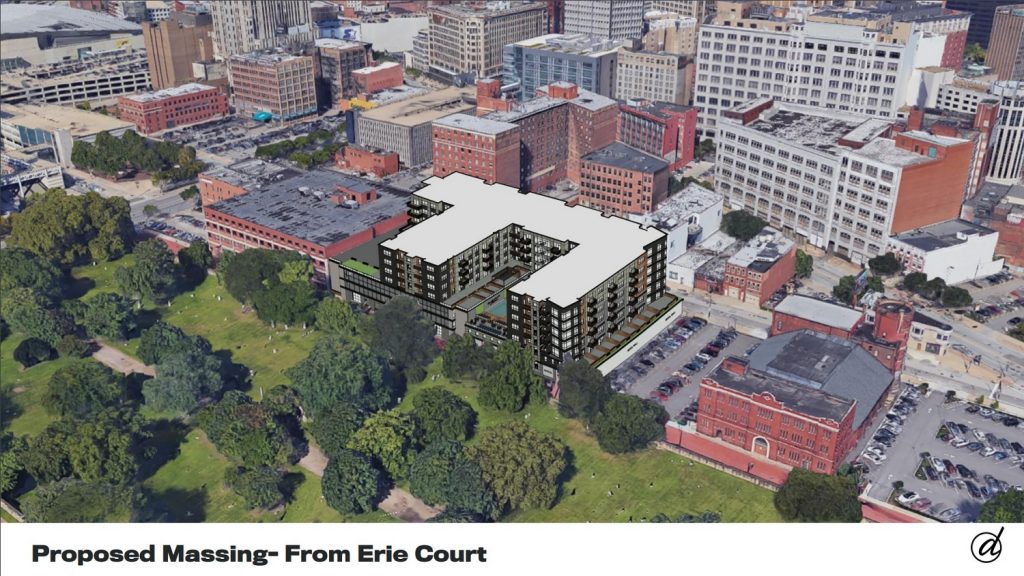
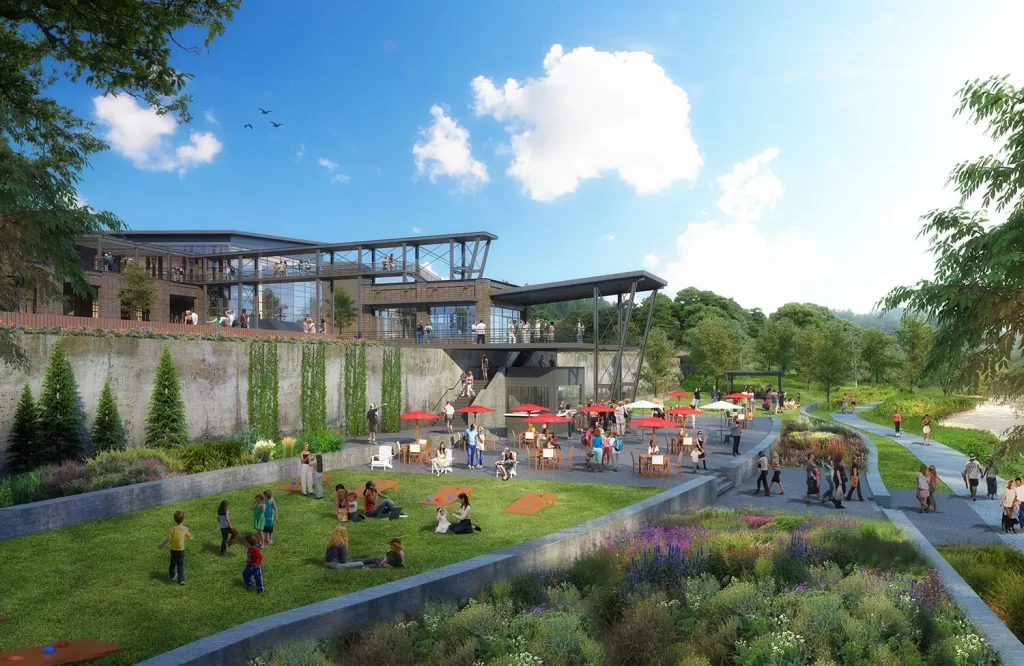
You make so many great points here that I read your article a couple of times. Your views are in accordance with my own for the most part. This is great content for your readers. ???? ????? ???
Fabulous post, you have denoted out some fantastic points, I likewise think this s a very wonderful website. I will visit again for more quality contents and also, recommend this site to all. Thanks. Landscaping